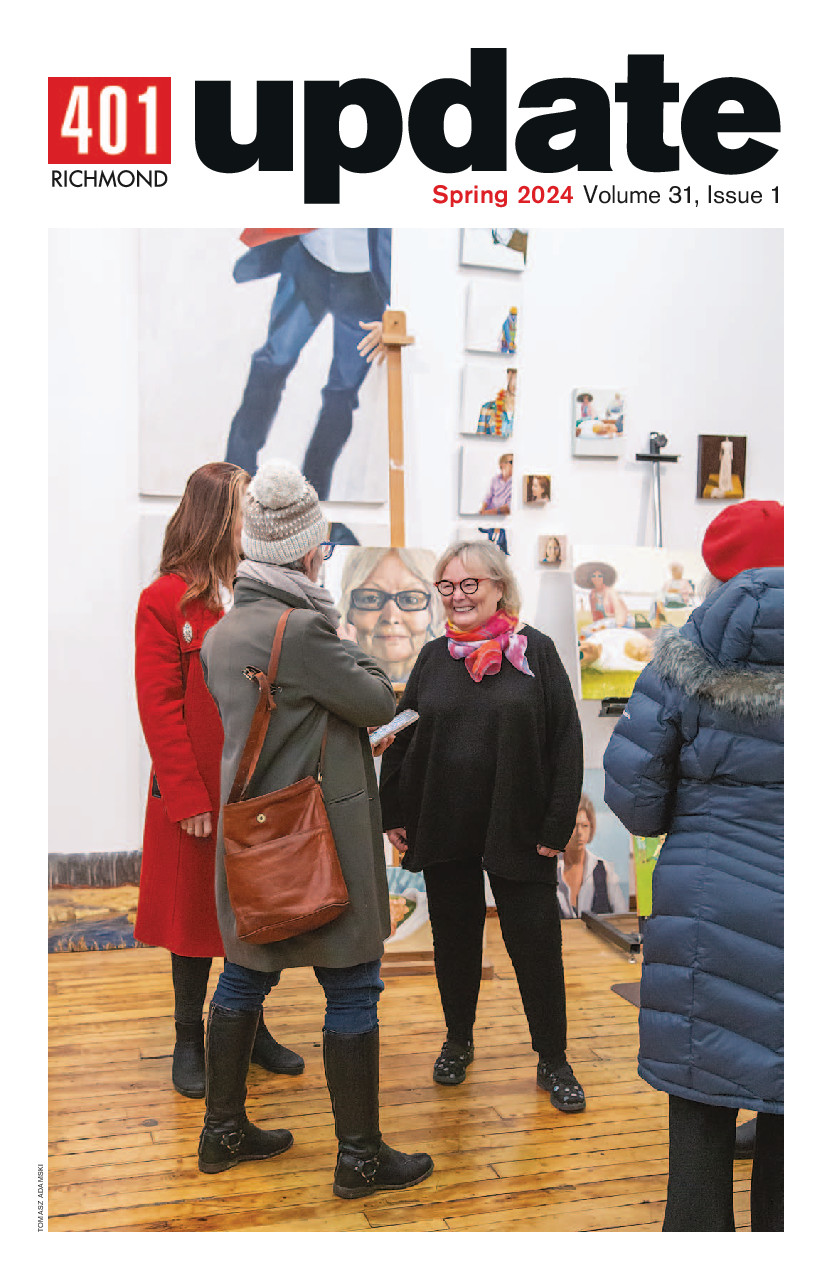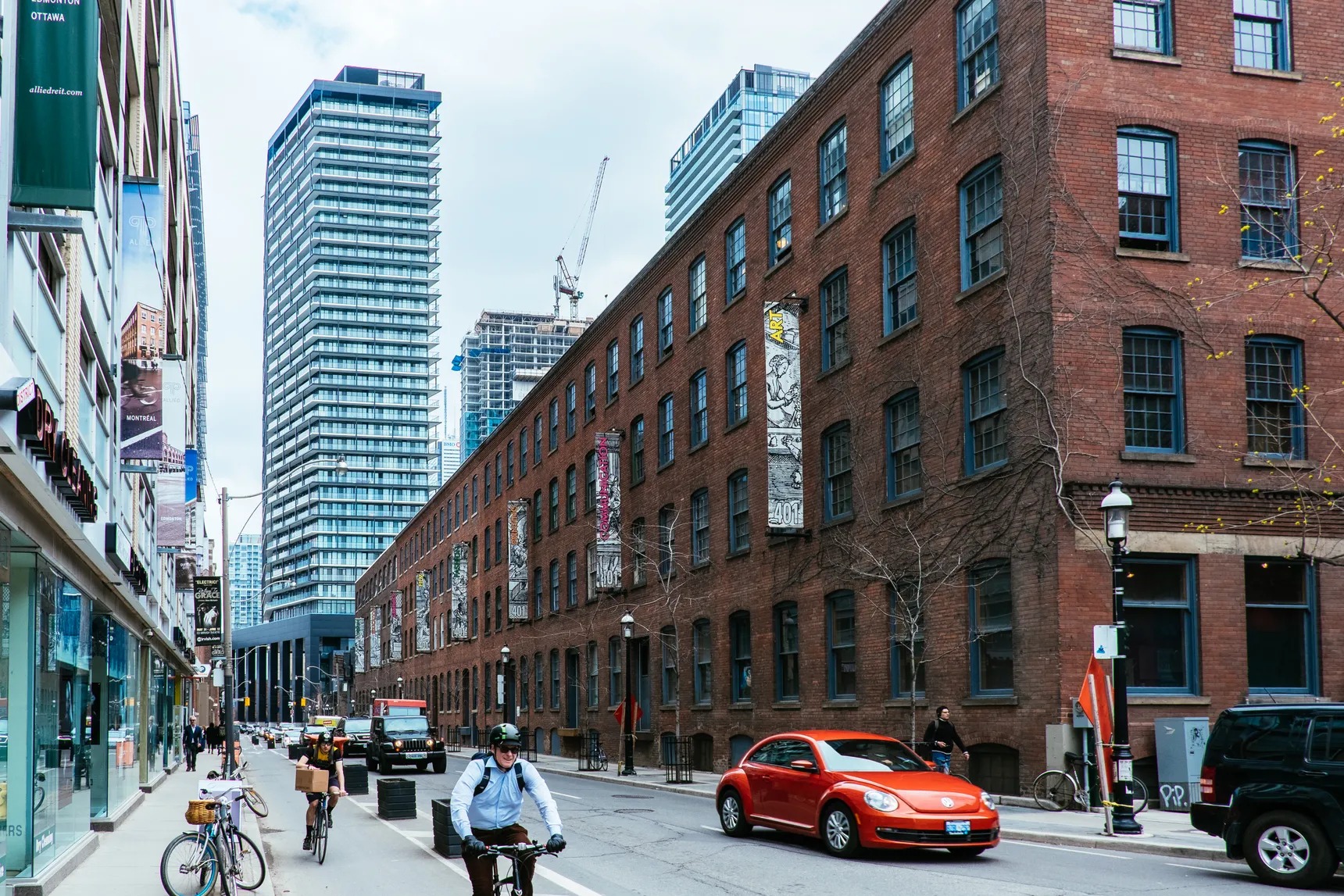Newsletter

401 Update – Spring 2024
Read the Spring 2024 edition of the 401 Update for a profile on imagineNATIVE, tenant press and achievements, and the Spring Gallery and Events Listing.
Community

Architectural Conservancy Ontario
second floor, studio 206
Through advocacy and direct action, Architectural Conservancy Ontario has been involved in preserving Ontario’s architectural and environmental heritage since 1933 by helping communities and owners preserve buildings and structures of architectural merit, and places of natural beauty or interest.
Events & Exhibitions

Toronto Gone Wild Exhibition
401 Richmond Street West, LL01 Apr 10, 2024 to Aug 3, 2024Wednesdays – Saturdays from 12pm until 6pm
People, Power, & the Park at 401 Richmond's Spadina Entrance
Virtual Window Gallery

People, Power, & the Park: a moveable history of community activism in Allan Gardens
For over 125 years, Allan Gardens has welcomed communities from across a broad spectrum of interests.
People, Power, & the Park celebrates this rich history, and recalls the impact of these gatherings on shifting attitudes, laws, and conditions in downtown east Toronto and beyond.
By Rina Fraticelli and Schuster Gindin
